As you may know, moisture in your basement can indicate structural problems in your home and promote mold and fungi growth. Dry rot is one thing that can negatively affect the look of your basement as well as the air quality. What is basement dry rot, and how do you treat it? You’ll find the answers in this post.
What Is Dry Rot?
Dry rot is a condition in which structures break down and crack due to certain fungus species. People used to think that it didn’t require any moisture to form, but in reality, dry rot requires moisture. This is why it’s common in basements, where wet conditions often prevail. Dry rot can affect dank wood, concrete, and mortar surfaces. Dry rot doesn’t need as much moisture to grow as other fungi and can develop in conditions containing only a fraction of the dampness levels required by common organisms like molds. In that sense, it’s drier than the norm.
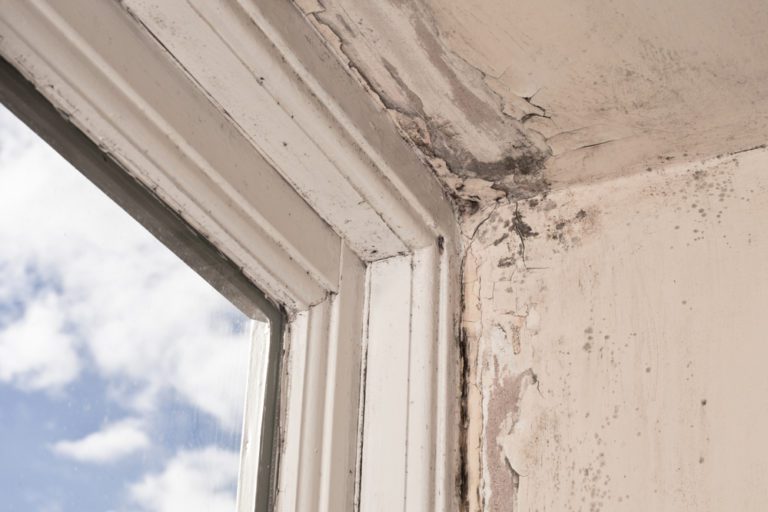
What Does Dry Rot Look Like?
The fungus that causes dry rot is called Serpula lacrymans, and it looks like an orange-brown growth that often has white edges. The dry rot life cycle consists of four main stages.
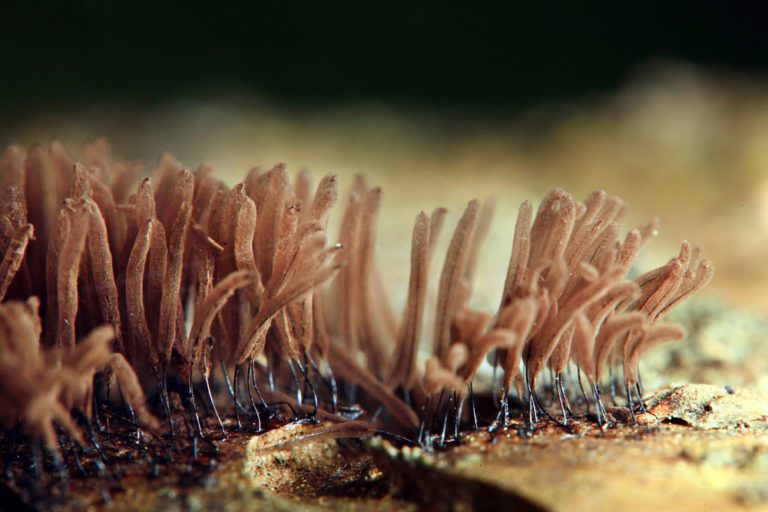
- Mycelium growth – Mycelium growth will appear as a white or grey cotton wool-like substance. Mycelium can spread extensively across numerous building materials in search of a new food source, like wood.
- Fruiting body (Sporophore) – The fruiting body or sporophore can be identified by its “pizza-like” appearance. Most of these round-shaped fruiting bodies are a rusty deep red color, while the outer parts appear as a lighter white color.
- Affected wood – Dry rot removes the moisture trapped inside of wood. If you notice shrunken, warped, or brittle wood, you can bet you’ve got dry rot.
- Dry rot smell – Another indication you have dry rot is the damp, musty, fungal smell. The dry rot can start to affect the air quality in your home.
How To Prevent Dry Rot
Now that you know what basement dry rot is let’s move on to how you can treat it. To stop dry rot from spreading and developing in the future, you need to locate the source of the moisture. The best way to deal with it is to waterproof your basement. Basement waterproofing professionals can take action to prevent unwanted moisture from collecting in the space.
For instance, they can apply epoxy injections to seal up existing cracks in the basement walls. Furthermore, basement professionals can set up a sump pump to move water from the ground around your basement to a community drain. This will prevent more cracks in the basement from forming. The measures that a basement waterproofing company takes depend on the kinds of gaps and openings they find as they evaluate the source of the dry rot.
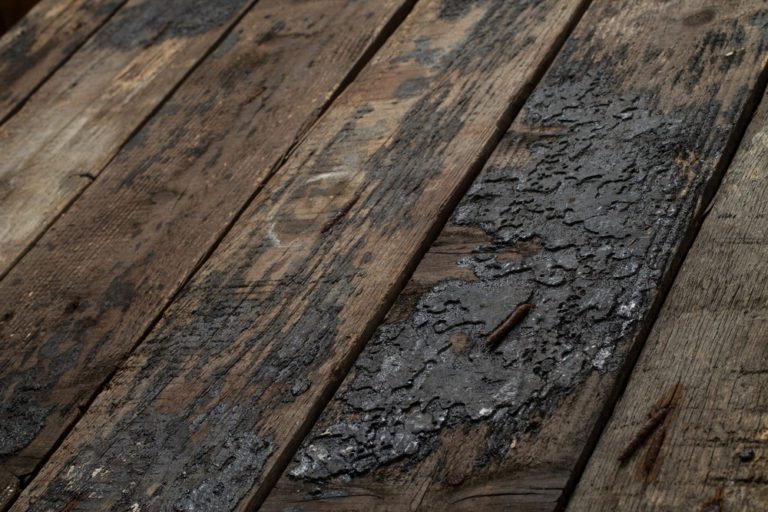
The Real Seal
If you’re having dry rot issues in your basement, call The Real Seal for basement waterproofing in Chicago, IL. We can locate the structural issues leading to unwanted dampness and address them appropriately so that they won’t reappear.
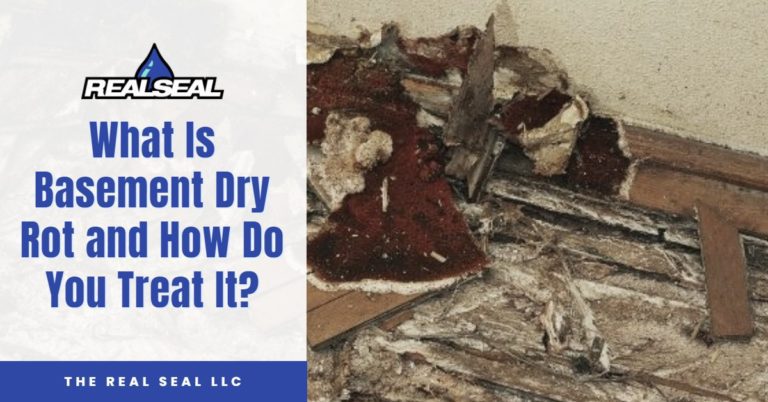
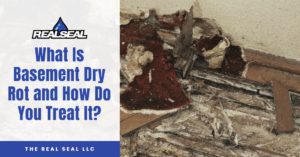





2 Responses
Hi Austin,
I created a basement-like cellar where, to save money, I did not put down a concrete slab for most of it. Instead, I asked my framers to build a deck. They filled the area beneath with road mix, attached treated 2x4s to the concrete, and then spread 2x6s on top for the deck. Within a couple of years we discovered that the deck was getting eaten up with dry rot. I guess water from outside was working it’s way under the cellar and then coming up through the road mix to feed the fungi to get to the bottom side of the deck. We are in the process of tearing it out and planning to pour concrete in its place. When we do so, will the dry rot be gone for good? Or will it be able to re-emerge through the concrete? Do we need to put plastic down under the concrete before we pour?
Thanks,
Joshua :)
Hi Joshua,
I’m sorry to hear! The best thing to do in this case is to install a Drain Tile System before you pour concrete. Think about spending the money now to save on having to re-do it again in the future. The Drain Tile and Sump Pump will keep the water beneath the floor from seeping up and causing issues. You should also lay a plastic barrier down before pouring the concrete to help form a moisture barrier. Check out this video for the step-by-step: https://youtu.be/1fqMyR859vY?si=AH-Mlg7wqa6EvSrS